Photo Gallery for Synchlora frondaria - Southern Emerald Moth | 131 photos are available. Only the most recent 30 are shown.
|
 | Recorded by: Dean Furbish on 2024-04-08
Wake Co.
Comment: | 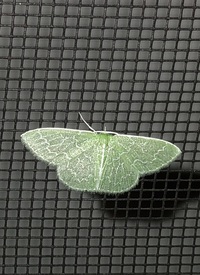 | Recorded by: Mark Basinger on 2023-10-28
Brunswick Co.
Comment: |
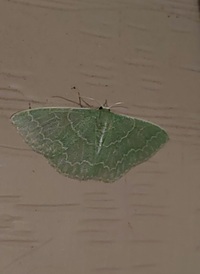 | Recorded by: Mark Basinger on 2023-10-26
Wilson Co.
Comment: | 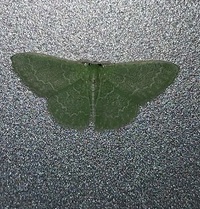 | Recorded by: Mark Basinger on 2023-10-22
Wilson Co.
Comment: |
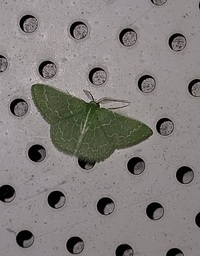 | Recorded by: Mark Basinger on 2023-10-21
Wilson Co.
Comment: | 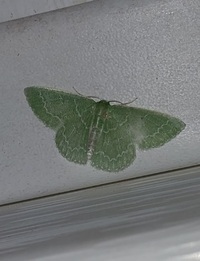 | Recorded by: Mark Basinger on 2023-10-18
Wilson Co.
Comment: |
 | Recorded by: Mark Basinger on 2023-10-12
Wilson Co.
Comment: | 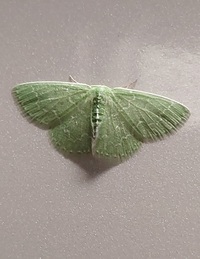 | Recorded by: Mark Basinger on 2023-10-11
Wilson Co.
Comment: |
 | Recorded by: Mark Basinger on 2023-10-11
Wilson Co.
Comment: | 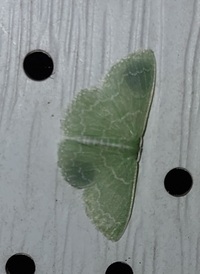 | Recorded by: Mark Basinger on 2023-10-09
Brunswick Co.
Comment: |
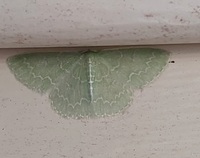 | Recorded by: Mark Basinger on 2023-10-08
Brunswick Co.
Comment: | 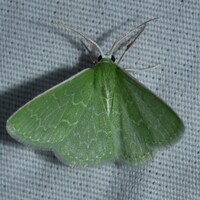 | Recorded by: David George, Stephen Dunn, Jeff Niznik on 2023-10-06
Orange Co.
Comment: |
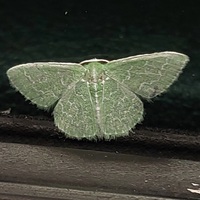 | Recorded by: Mark Basinger on 2023-10-03
Wilson Co.
Comment: | 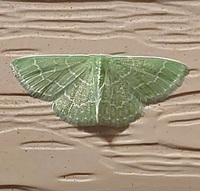 | Recorded by: Mark Basinger on 2023-10-02
Wilson Co.
Comment: |
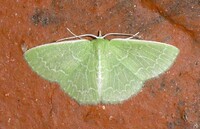 | Recorded by: Simpson Eason on 2023-09-23
Brunswick Co.
Comment: |  | Recorded by: Mark Basinger on 2023-09-21
Wilson Co.
Comment: |
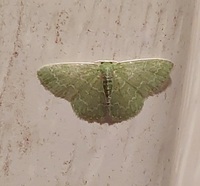 | Recorded by: Mark Basinger on 2023-09-17
Brunswick Co.
Comment: |  | Recorded by: Simpson Eason on 2023-09-15
Durham Co.
Comment: |
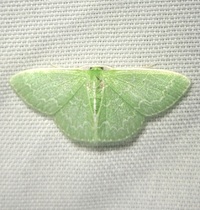 | Recorded by: Andrew W. Jones on 2023-09-12
Polk Co.
Comment: | 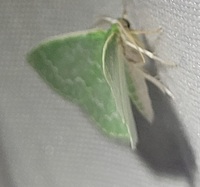 | Recorded by: Andrew W. Jones on 2023-09-12
Polk Co.
Comment: |
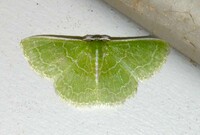 | Recorded by: Simpson Eason on 2023-09-07
Durham Co.
Comment: |  | Recorded by: Mark Basinger on 2023-09-07
Wilson Co.
Comment: |
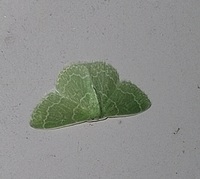 | Recorded by: Mark Basinger on 2023-09-07
Wilson Co.
Comment: | 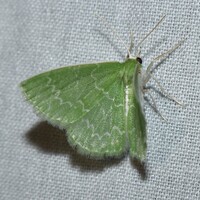 | Recorded by: David George, Jeff Niznik on 2023-09-04
Orange Co.
Comment: |
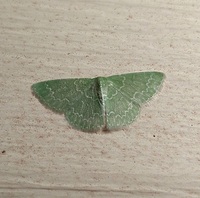 | Recorded by: Mark Basinger on 2023-09-02
Brunswick Co.
Comment: | 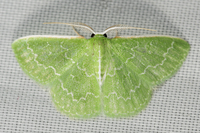 | Recorded by: Mark Shields on 2023-09-01
Onslow Co.
Comment: |
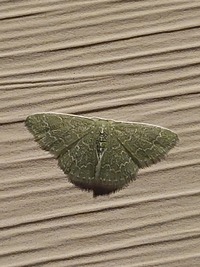 | Recorded by: Mark Basinger on 2023-08-23
Wilson Co.
Comment: | 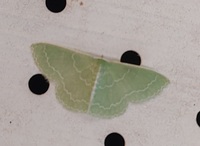 | Recorded by: Mark Basinger on 2023-08-15
Wilson Co.
Comment: |
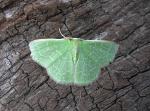 | Recorded by: R. Newman on 2023-06-30
Carteret Co.
Comment: | 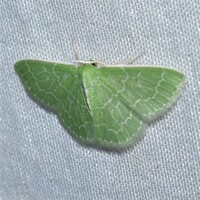 | Recorded by: David George, Jeff Niznik, Rich Teper on 2023-05-21
New Hanover Co.
Comment: |
|